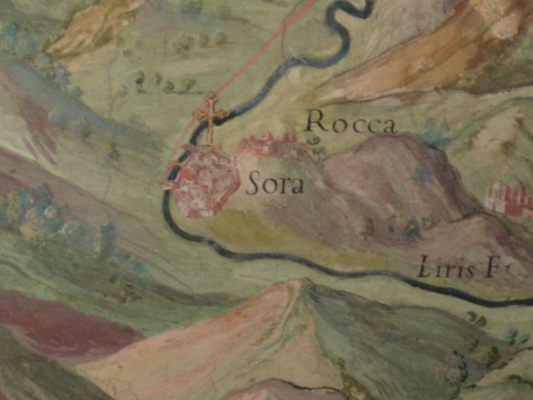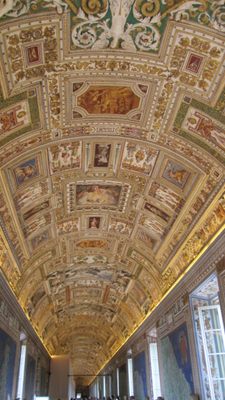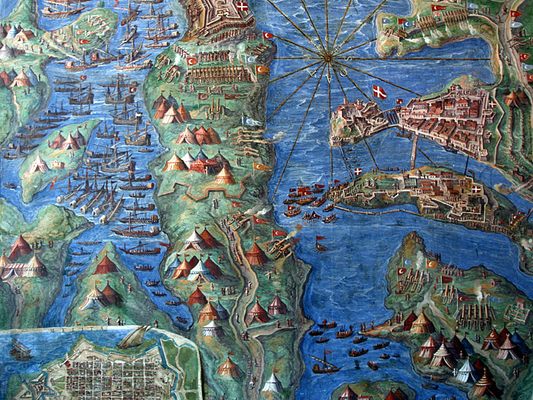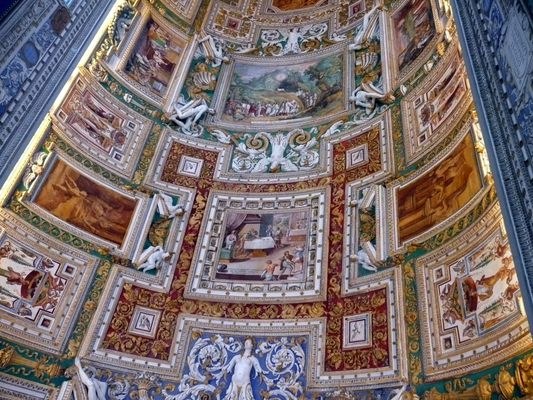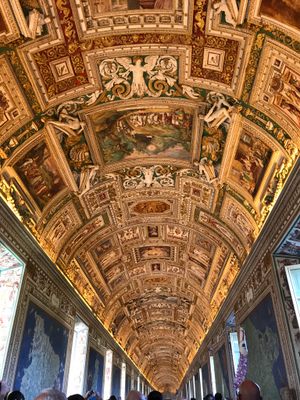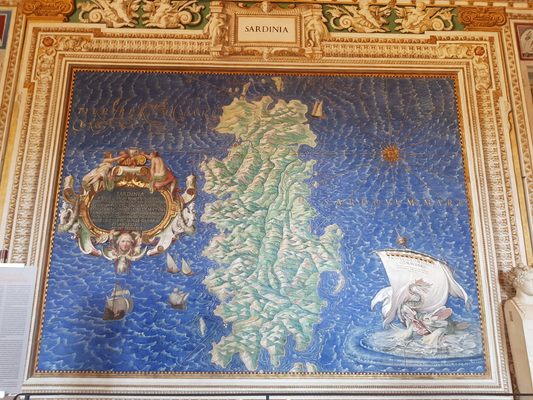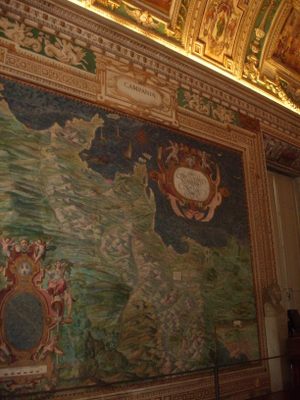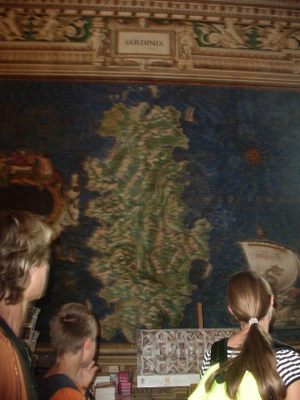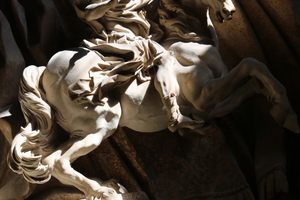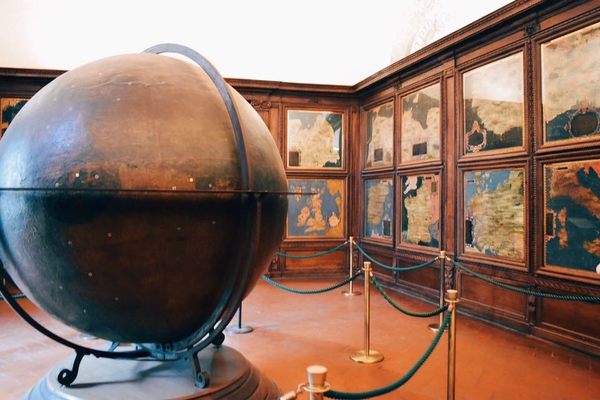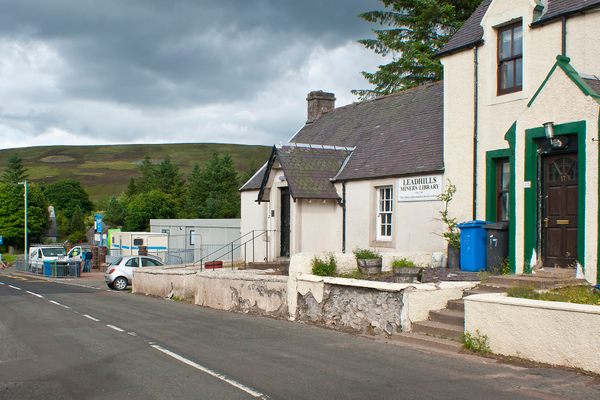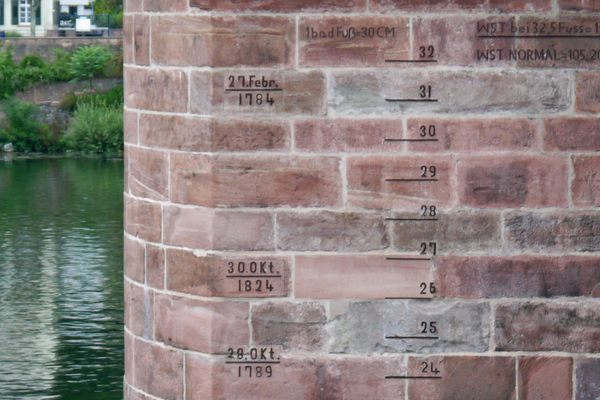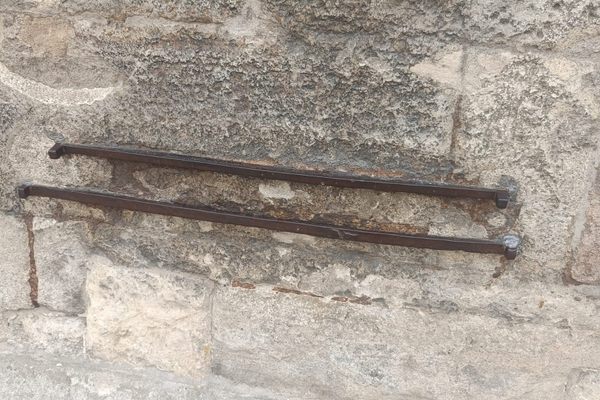About
Predating a unified Italy by nearly 300 years, the gallery of maps at the Vatican shows the length and breadth of the peninsula circa 1580.
Pope Gregory XIII commissioned the maps from his cosmographer, the multi-talented Italian priest Ignazio Danti. Danti had come to Rome from his post as mathematics professor in Bologna to help the pope with his efforts to correct the inaccurate Julian Calendar using modern Renaissance mathematics and astronomy.
At the time, cartography was undergoing its own renaissance. The age of exploration had brought new knowledge of distant lands, and technical innovations like the magnetic compass, sextant, and telescope improved accuracy. By the late 1500s the famous mapmakers Mercator and Ortelius were creating their landmark world maps. More significantly, before Danti took up his post in Bologna, he had spent a decade creating the magnificent hall of maps known as the Sala delle Carte Geografiche at the Palazzo Vecchio in Florence at the behest of Cosimo I de Medici, duke of Florence.
Maps were not new at the Vatican. Huge maps of the known world capped by a ceiling of stars were painted in the early 1500s in the Loggia della Cosmografia under the guidance of Pope Julius II (primarily remembered for commissioning Michelangelo to paint the Sistine Chapel).
To top that, Gregory set his sights on the 120 meter long corridor on the third floor of the Belvedere Courtyard. The ambitious project to install 40 enormous and highly accurate maps began in 1580 and took just 18 months to complete. Details of the large frescoes show the Siege of Malta, the Battle of Lepanto and large-scale maps of the maritime republics of Venice and Genoa. One map shows the Battle of Fornovo, the first battle in the Italian Wars against France. Each regional map is accompanied by a detailed view of its major city. The ceiling frescoes illustrate stories from the lands depicted below. Danti is also credited with the brass orrery that sits in the hall.
The gallery was restored and enhanced under Pope Urban VIII a century after it was created. Most visitors today pass through the gallery on their way to the Sistine Chapel as part of the Vatican Museums.
Related Tags
Community Contributors
Added By
Published
November 6, 2013



